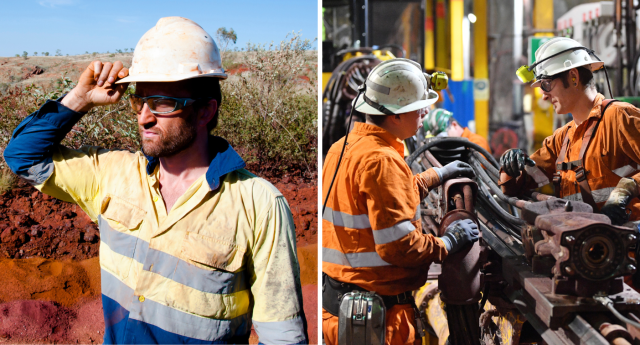The 10 Deadliest Jobs in Australia: Industries That Put Lives on the Line
Discover the most dangerous industries in Australia, ranked by workplace fatalities, and learn why safety and preparedness are vital for workers in these high-risk jobs.
1/17/20252 min read


The Deadliest Jobs in Australia: The Top 10 Deadliest Industries
Over the past decade, Australian workplaces have experienced over 1,850 traumatic injury fatalities. According to the latest report from Safe Work Australia, these numbers reflect fatalities that occurred on the job, excluding illnesses or non-fatal injuries. While the overall trend shows a decline in workplace deaths, these statistics are a stark reminder of the dangers some industries face.
Here’s a breakdown of the top 10 deadliest industries in Australia based on fatalities reported in 2022.
10. Health Care and Social Assistance
Despite employing 2.1 million workers, the healthcare industry reported two fatalities. While the exact causes were not detailed, incidents involving violence, such as stabbings, are known risks. Non-fatal injuries in this field, including strains, slips, and mental health challenges, are extremely high.
9. Accommodation and Food Services
Three workers in this industry lost their lives, with burns contributing to all these fatalities. The combination of open flames, hot surfaces, and fast-paced environments creates significant hazards.
8. Professional, Scientific, and Technical Services
This category, which includes jobs in scientific research, architecture, engineering, computer system design, legal services, and more, saw three fatalities. Equipment failure or misuse was the leading cause of these deaths.
7. Electricity, Gas, Water, and Waste Services
Five fatalities were reported in 2022. Workers in this field face risks such as electrocution, burns, heavy machinery accidents, and hazardous chemical exposure. It’s surprising the numbers weren’t higher given the dangerous nature of this work.
6. Administrative and Support Services
This industry, which includes cleaners, security guards, and maintenance workers, reported six fatalities. Causes included slips and falls, hazardous chemical exposure, vehicle accidents, and assaults. It’s a reminder that even jobs perceived as lower-risk have significant dangers.
5. Mining
The mining industry reported seven deaths, though investigations into other fatalities may increase this number. Workers face risks such as entrapment, vehicle incidents, explosions, and exposure to harmful substances.
4. Manufacturing
With 10 fatalities, this industry includes machine operators, factory workers, and assembly line workers. Contact with moving machinery, exposure to chemicals, and being struck by objects were the leading causes of death.
3. Public Administration and Safety
This category encompasses police officers, firefighters, emergency responders, and security personnel. Eleven deaths were reported, with the majority being firefighters. Common risks include vehicle accidents, assaults, and hazardous situations.
2. Agriculture, Forestry, and Fishing
Forty-four deaths were recorded in this industry, a significant increase compared to others. Risks include vehicle accidents (e.g., tractors, quad bikes), machinery incidents, falls, and animal-related injuries. Helicopter accidents on large cattle stations also contributed to fatalities.
1. Transport, Postal, and Warehousing
The deadliest industry in Australia, with 67 fatalities in 2022, includes truck drivers, delivery drivers, forklift operators, and warehouse workers. Vehicle collisions were the leading cause of death, followed by machinery accidents, fatigue-related incidents, and assaults.
The Takeaway
These industries are essential to our society, but they come with significant risks. While fatalities in Australian workplaces have decreased over the years, the numbers highlight the importance of safety measures and preparedness.
If you work in one of these high-risk jobs, it’s crucial to have a Will and an Advance Care Directive in place. Take the time to discuss your wishes with your loved ones to ensure they’re prepared in case the unthinkable happens.
Watch the Full Video Here
For a deeper dive into this topic, watch the full video on our YouTube channel:
Remember to stay safe, and let’s continue working towards a future where every worker returns home safely.

